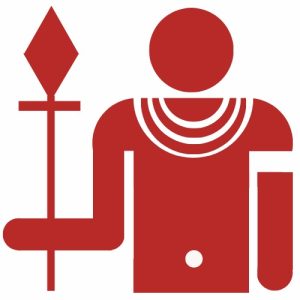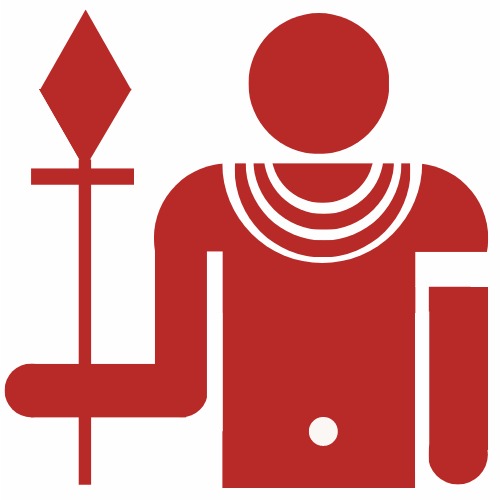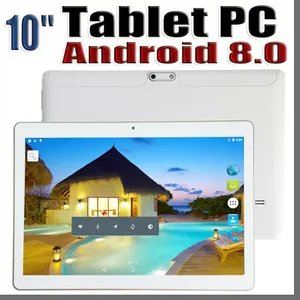The advent of IoT is no news, and its expansion only seems to be advancing over time. It is also influencing several industries, as its application and use are unlimited.
One of the industries IoT devices are highly influencing is the PCB industry, PCBs are critical components to the manufacturing of IoT devices, hence, the rise of changes in PCB designs.
IoT packages are very unconventional and traditional PCBs won’t appeal to these devices. Hence, the need for high functionality and minimalistic designs is a great concern. PCB designers are left with the critical work of making these difficult designs a possibility — that involves cramming advanced functionality into miniaturized devices that keep shrinking moving forward.
IoT devices are the technology behind wearables, smart offices, remote monitoring, and control, therefore PCB designers are going to face the challenges of PCB layout, space, and weight whilst embedding an exceptional level of functionality.
It is no brainer that IoT devices are surely changing the landscape of PCB designs. Below are 4 ways PCB designs are not going to be the same.
1. Miniaturization
This is the most impactful change IoT will have on PCBs. The designs of IoT devices are extremely minimal and at the same time require a great deal of effective functionality. PCB designers will be tasked with embedding several components in tiny layout spaces.
The major example of these are wearables. These are gadgets that need to be almost invisible as they are carried on the body at all times and to the extent of being ingested. These wearables are worn on body parts like the earlobes and wrists, hence the need for miniaturization of its components, majorly the PCB.
The major focus while manufacturing IoT devices is miniaturization. Even designers and OEMs attest to this since miniature components are of great essence when creating IoT devices.
Flex and HDI PCBs will be major factors in making this technology a successful possibility, with HDI enabling the use of the blind, buried, and micro vias to reduce layout space. Also, the flexibility and bendability of flex PCBs will make the fitting of PCBs into IoT packaging seamless.
2. Newer Packaging Technologies
As earlier mentioned, the packaging technologies of IoT devices are a whole lot of different from the traditional modes of making PCBs. Plated-through-hole and surface mount components will become history.
Packaging technologies that are of use to IoT devices are more advanced and capable of shrinking devices, like Three-Dimensional ICs (3D-IC), Multi-Chip Modules (MCM) and System-in-Package (SiP).
These packaging technologies make it easier to integrate lots of components on a single chip, and also aid in keeping form factors thin through the connection of multiple integrated circuits on a single die.
The 3D-IC gives room for the vertical stacking of multiple silicon dies acting as a single device, and further provide a reduction in the consumption of power, together with a smaller footprint.
These will be the packaging technologies that will be more appropriate for IoT designs, while former traditional approaches will be dumped.
3. Advanced New Materials
Since the making of IoT devices requires an upgrade in PCB designs, that will inadvertently lead to an advancement in the materials. The IoT era will lead the PCB industry to do away with certain substrate materials like the traditional FR4 and rigid PCBs, due to the nature of IoT devices.
These devices need elastic and flexible circuitry and they also need materials that won’t be harmful to the human body as IoT devices are huge in the medical industry. Therefore, materials that would be used need to match all these requirements.
Materials like flex boards, flex-rigid copper, HDI PCBs, and mesh will be the norm for IoT designs. The use of 3D printers will also be prioritized in the PCB industry for rapid prototyping, also making room for PCB designers to be more creative.
There’s also the likelihood of embedding circuits within other objects which will be highly possible in 3D printing. This will definitely require a high degree of specialty and continuous development in the PCB manufacturing and designing industry.
4. PCB and Mechanical Designers Collaboration
PCB designers and mechanical designers will have to spend a great amount of time together to design PCBs for IoT designs.
They both have to be fully engaged in the process, considering the dynamics of IoT designs. Assembly lines will become a thing of the past, as mechanical designers will be involved in every stage of producing these designs.
Whatever changes need to be done to both mechanical assembly, and circuit board won’t be delayed, instead, it will be done a short span as both PCB and mechanical designers work closely.
The whole thing of importing and exporting designs to simply share component models and board outlines for modifications and basic interference checks will be laid to rest.
The verification of the effectiveness of design throughout the product development workflow, and maintaining alignment is of dire importance for successful PCB and IoT designs, hence the need for collaboration.
Embracing The Transformative Change
The PCB design landscape is witnessing a holistic change in the design process because there are some serious advancements in the tech scene that the PCB industry has to level up to.



